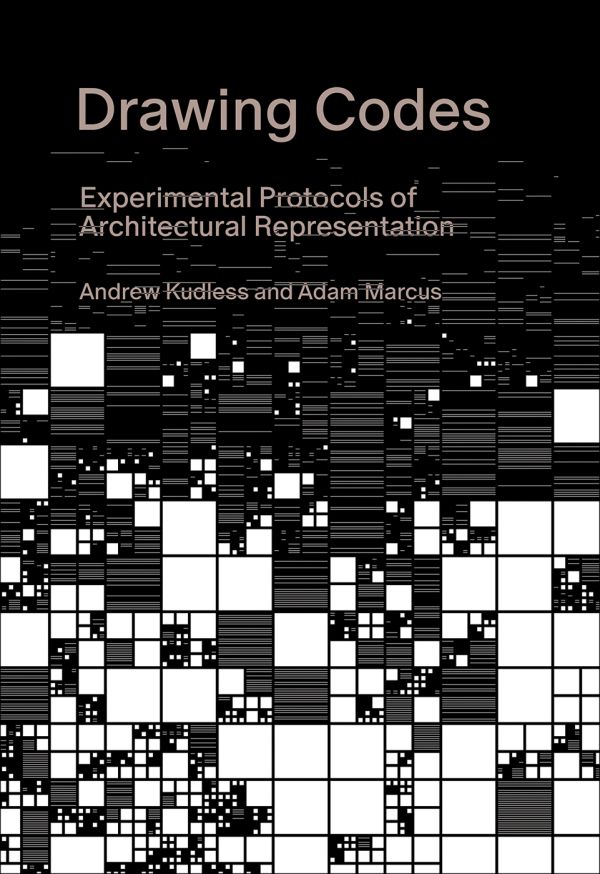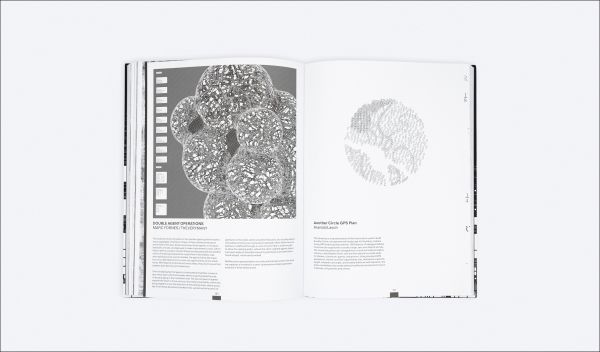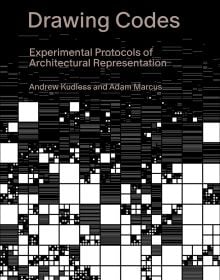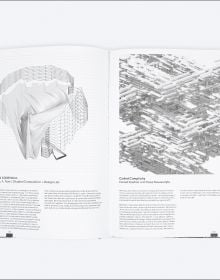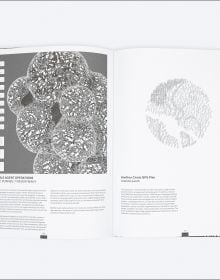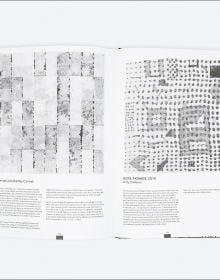Drawing Codes
Experimental Protocols of Architectural Representation
- Through 96 experimental drawings and five critical essays, this book examines the role of computational processes and procedural thinking in the production of architectural representation
- The target audience for this book includes architects, architecture professors, architecture students, and design technologists. The calibre and scope of the work will have unique, international appeal to both more traditional academic audiences within the architectural discipline, and practitioners within the realm of design technology
- The book’s range extends to the geographic, cultural, and demographic diversity of the project’s contributors
- Many of the drawings engage techniques of digital design, robotic production, machine learning, and digital fabrication; yet, many others invoke a more subtle reflection on code-based processes, engaging with themes such as historical analysis, political polarisation, energy consumption, and building regulation
“Expand your mind and look good doing it with these new boundary-bending works of theoretical exploration by some of the field’s premier thinkers.” — The Architect’s Newspaper
Emerging technologies of design and production have transformed the role of drawings within the contemporary design process from that of design generators to design products. As architectural design has shifted from an analogue drawing-based paradigm to that of a computational model-based paradigm, the agency of the drawing as a critical and important form of design representation has shifted. Drawing Codes: Experimental Protocols of Architectural Representation examines the effects of this transformation on the architectural discipline and explores how architects have critically integrated procedural thinking into their drawing process. The book contains 96 commissioned drawings by a diverse range of architects that investigate how rules and constraints inform the ways architects document, analyse, represent, and design the built environment. The publication features essays by architects and theorists offering diverse perspectives on how computational techniques and, more importantly, computational thinking, can revitalise the role of architectural drawing as a creative and critical act.
Each drawing responds to a shared conceptual prompt developed by the authors and conforms to a standard size and format. The intent is for this consistency to elicit a wide range of approaches to questions of technology, design, code, and representation. The book documents how computational processes such as procedural drawing, digital simulation, automated production, and machine learning can contribute to a new understanding of what drawings are and how they are created. The result is a considerable diversity of medium, aesthetic sensibility, and content, demonstrating how conventions of architectural representation remain fertile territory for invention and speculation.
- Publisher
- ORO Editions
- ISBN
- 9781957183398
- Published
- 7th Oct 2024
- Binding
- Hardback
- Territory
- World excluding USA, Canada, Australasia & Asia (except Japan; China non-exclusive)
- Size
- 279 mm x 228 mm
- Pages
- 308 Pages
- Illustrations
- 300 color
Distributed by ACC Art Books
Our Catalogues
Please log-in or create an account to see your recent items.
